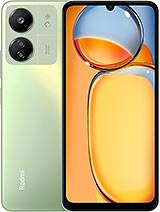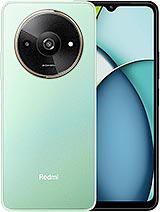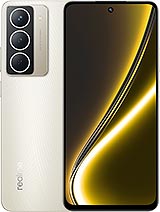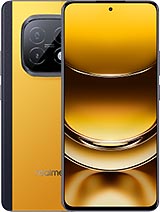Lava Yuva 2 alternatives
Tap above to see alternatives.
Realme 13+ alternatives
Tap above to see alternatives.
Lava Yuva 2

Lava Yuva 2
-
Unisoc T760
6 nm
-
5000 mAh
18W
-
6.67"
720 x 1612 pixels
-
50 MP
1080p@30fps
-
Specs

1x2.2 GHz Cortex-A76
3x Cortex-A76
4x Cortex-A55
4x2.5 GHz Cortex-A78
4x2.0 GHz Cortex-A55
8GB 256GB (UFS 3.1)
12GB 256GB (UFS 3.1)
wide, f/1.8, AF
2 MP
macro
f/1.8, 26mm (wide), 1/1.95", PDAF, OIS
2 MP
depth
1080p@30/60/120fps
f/2.4, 24mm (wide), 1/3.0"
SIM1: Nano, SIM2: Nano
SIM1: Nano, SIM2: Nano (Hybrid)
9 5G bands
n1, n3, n5, n8, n28, n40, n41, n77, n78
9 5G bands
n1, n3, n5, n8, n28, n40, n41, n77, n78
In this performance comparison, the Realme 13+ with its Mediatek Dimensity 7300 (4nm) performs better than the Lava Yuva 2 with the Unisoc Unisoc T760 (6nm), thanks to superior chipset efficiency.
Realme 13+ offers 2 years of OS updates, whereas Lava Yuva 2 provides 1 years. For security updates, Realme 13+ offers 3 years of support compared to Lava Yuva 2's 2 years.
Realme 13+ features a superior AMOLED display, while Lava Yuva 2 comes with an LCD panel. In terms of smoothness, Realme 13+ offers a higher 120 Hz refresh rate, ensuring fluid scrolling and animations. Realme 13+ also boasts a brighter screen with 2000 nits of peak brightness, enhancing outdoor visibility. Notably, Realme 13+ offers a higher screen resolution, resulting in sharper visuals and more detailed content.
Both phones are equipped with the same 5000 mAh battery capacity. Realme 13+ also supports faster wired charging at 80W, compared to 18W on Lava Yuva 2.
Realme 13+ includes an IP65 rating, while Lava Yuva 2 lacks an official IP rating.
- Lava Yuva 2 – Check price here
¹ Scores can vary even with the same chipset due to RAM, thermals, and software optimization.











